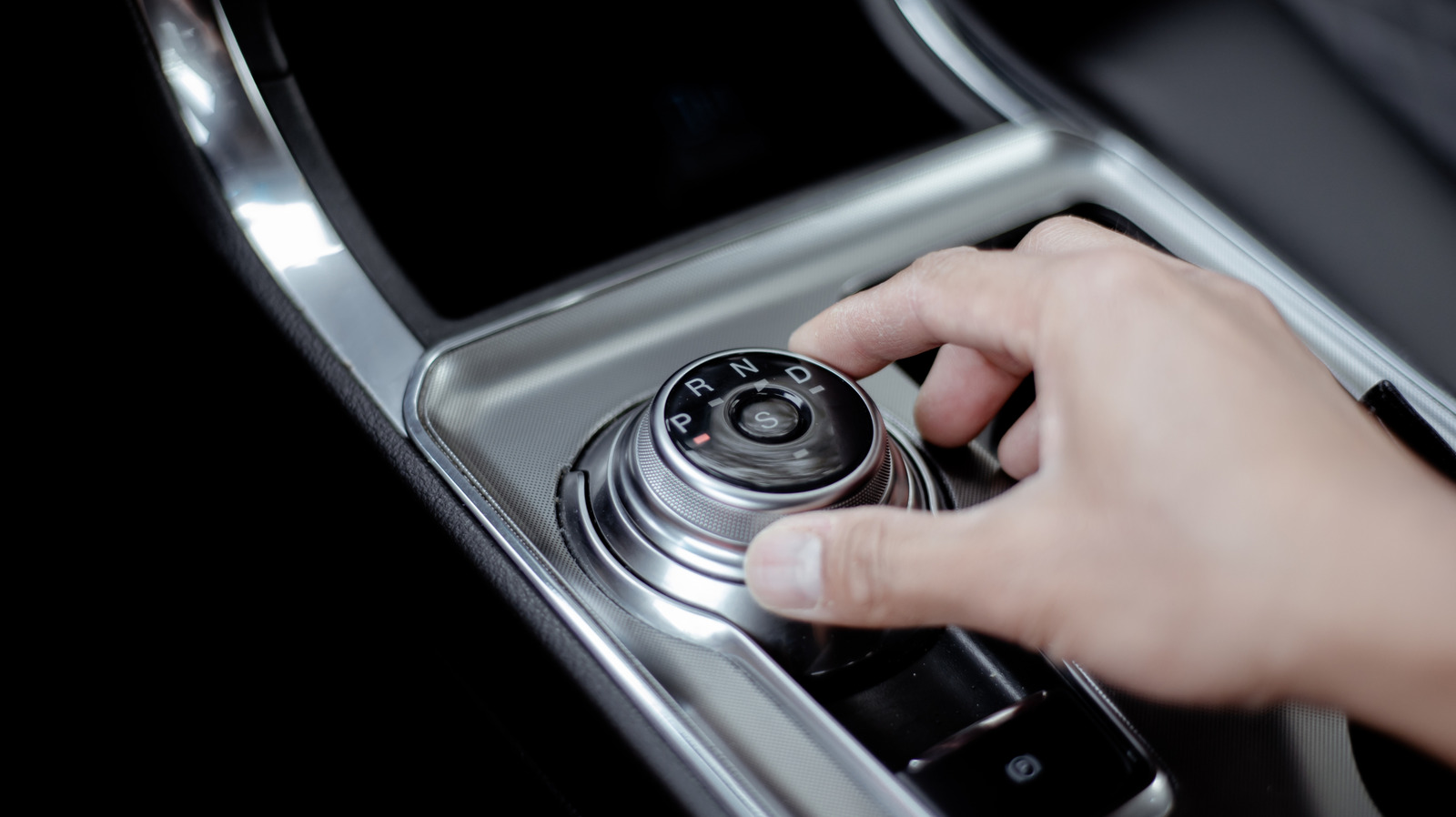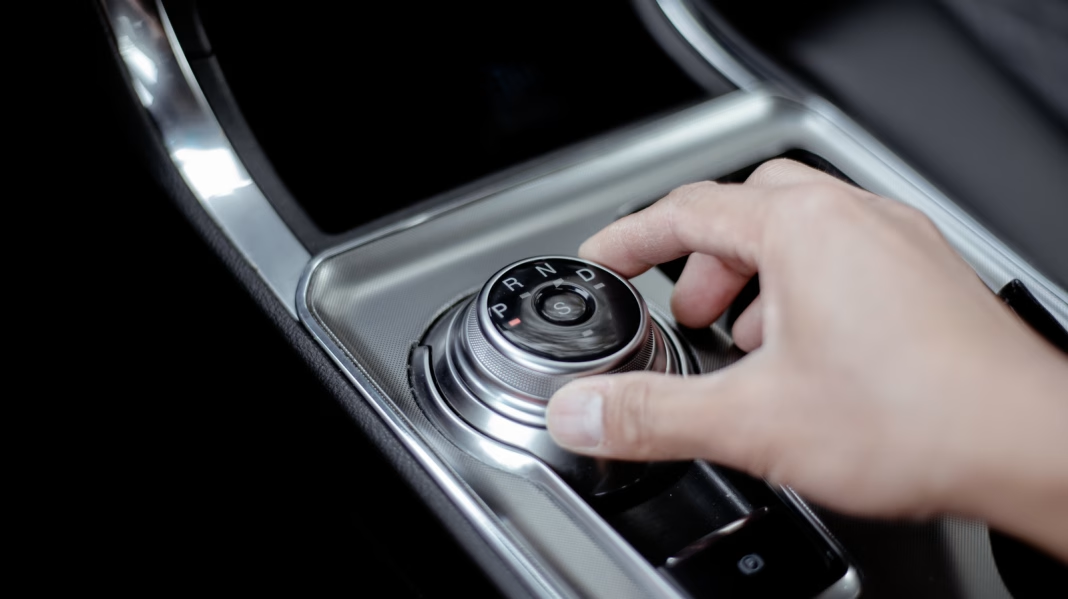Why Are Car Makers Switching to Rotary Dial Shifters?
If you’ve stepped into a new car lately, you might have noticed something missing: the classic gear lever. In its place, a sleek rotary dial shifter often sits where your hand expects to find a chunky stick. So, why this sudden shift in design? Automakers are on a mission to modernize interiors, and rotary shifters are at the heart of that transformation. They’re compact, freeing up precious real estate on the center console for cup holders, wireless charging pads, or even just a cleaner look. But it’s not just about style—these dials are part of a broader move toward electronic gear selection, which pairs well with the digital dashboards and touchscreens dominating today’s vehicles.
How Does a Rotary Dial Shifter Change Your Driving Experience?
Let’s get practical. The first time you use a rotary shifter, it feels a bit like adjusting the volume on a fancy stereo. There’s no mechanical clunk, just a smooth twist. This can be a blessing for anyone tired of wrestling with a stiff gear lever, especially in stop-and-go traffic. The action is intuitive for most drivers, and the tactile feedback—often a gentle click or resistance—helps confirm your selection. Some drivers say it makes shifting feel almost effortless, while others miss the physical engagement of a traditional shifter. It’s a trade-off: less drama, more simplicity.
Are Rotary Shifters Actually Safer or More Convenient?
Safety is a big talking point. With fewer moving parts and less physical effort required, rotary shifters can reduce driver distraction. You’re less likely to fumble for the right gear, and many systems won’t let you accidentally shift into reverse while driving. That said, there’s a learning curve. Early adopters sometimes report confusion, especially when switching between cars with different shifter layouts. A 2022 study from the Insurance Institute for Highway Safety found that unfamiliar gear selectors can contribute to driver error, but most people adapt within a few weeks. Automakers are responding by adding clearer visual cues and audible alerts to help bridge the gap.
What About Reliability and Maintenance?
Here’s where things get interesting. Traditional mechanical shifters are robust but can wear out over time—think sticky linkages or worn bushings. Rotary dials, being electronic, have fewer moving parts and are less prone to mechanical failure. However, they do rely on sensors and wiring, which means a different set of potential issues. According to a 2023 report from J.D. Power, electronic shifters (including rotary dials) have a slightly lower rate of mechanical problems in the first three years of ownership compared to conventional levers. Still, if something does go wrong, repairs can be more specialized—and pricier.
Do Rotary Shifters Work for All Drivers?
Not everyone’s sold on the change. Some drivers, especially those with limited dexterity, find the twist motion easier than pushing or pulling a lever. Others, particularly longtime manual transmission fans, miss the satisfying engagement of a traditional shifter. There’s also the question of muscle memory. If you’re used to reaching for a lever, switching to a dial can feel awkward at first. But for many, the adjustment period is short, and the benefits—more space, less clutter, and a modern vibe—win out.
What’s the Real-World Impact on Interior Design?
Designers love rotary shifters because they open up a world of possibilities. Without a bulky lever, interiors can be more flexible and minimalist. Some brands use the extra space for storage cubbies, others for high-tech features like customizable ambient lighting. The result? Pure magic for anyone who appreciates a tidy, functional cabin. Plus, rotary dials can be styled to match the car’s overall aesthetic, whether that’s sporty, luxurious, or futuristic.
The Big Takeaway on Rotary Dial Shifters
Rotary dial shifters aren’t about perfection—they’re about smarter adjustments. They streamline the driving experience, free up space, and add a dash of modern flair. Start with one change this week—maybe test drive a car with a rotary shifter—and you’ll likely spot the difference by month’s end.


